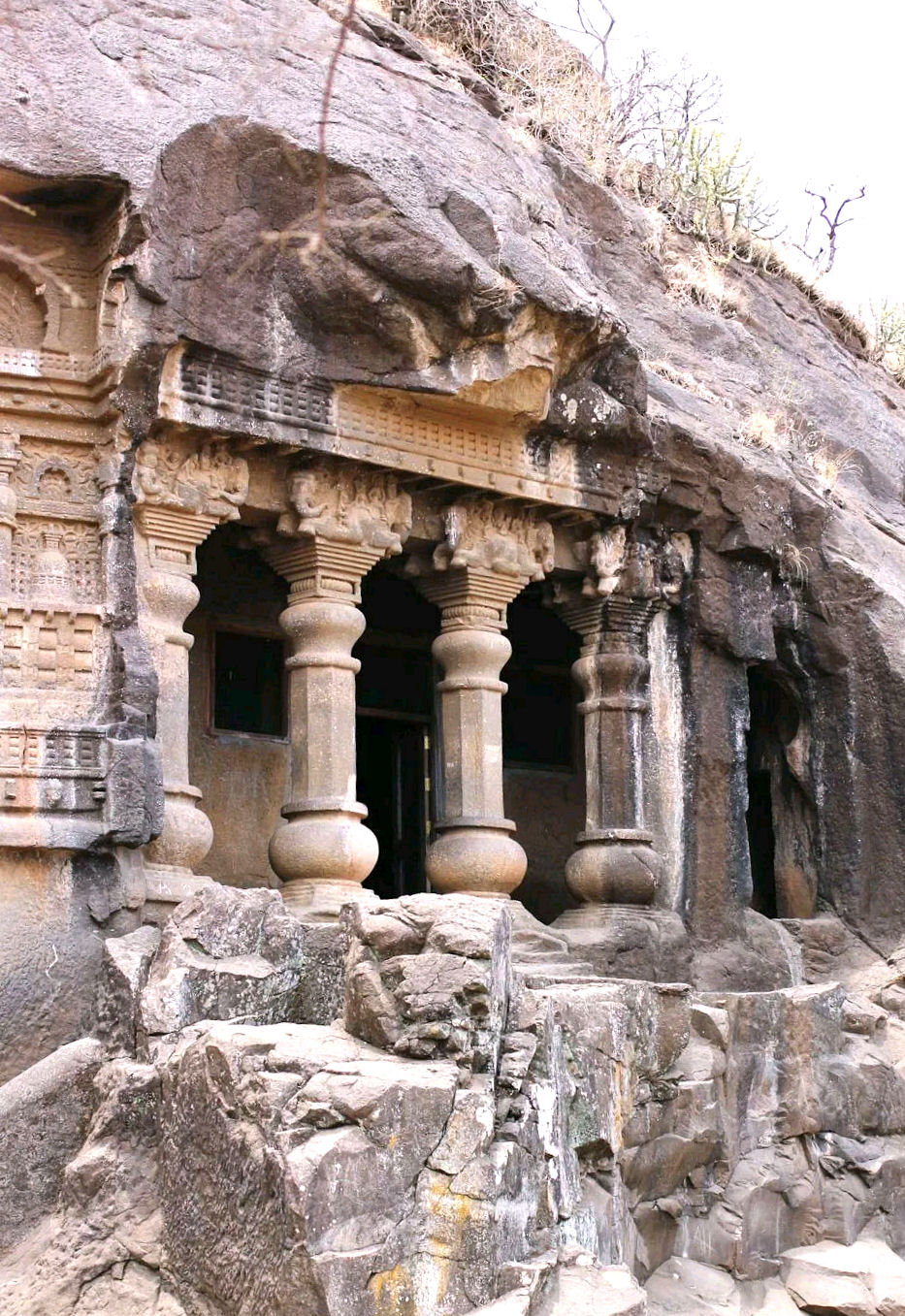
Dandi Beach, nestled in the Navsari district of Gujarat, India, is far more than a picturesque coastal destination. This historic site is fundamentally intertwined with India's struggle for independence, serving as the powerful culmination of Mahatma Gandhi's legendary Salt March in 1930. The beach represents a profound moment of nonviolent resistance against British colonial rule, where Gandhi and his followers deliberately challenged the unjust salt laws through peaceful civil disobedience.
The Salt March, or Salt Satyagraha, was a meticulously planned act of political defiance that captured global attention. Spanning 387 kilometres from Sabarmati Ashram, Gandhi's strategic choice of Dandi was deliberate—its proximity to the sea allowed him to symbolically make salt by evaporation, directly breaking British monopoly laws. This single act transformed from a localized protest into a nationwide movement of resistance, inspiring millions of Indians to challenge colonial oppression through peaceful means.
Beyond its historical significance, Dandi Beach offers visitors a serene environment that connects natural beauty with profound historical narratives. The golden sands, tranquil sea breeze, and surrounding lush greenery provide a contemplative backdrop to one of India's most pivotal moments of peaceful resistance. Visitors can walk along the shoreline, reflecting on the transformative power of nonviolent protest and the courage of those who fought for independence.
The National Salt Satyagraha Memorial stands as a powerful testament to this historic event. Featuring life-size statues of Gandhi and his followers, the memorial meticulously recreates the pathways of the original march, allowing visitors to metaphorically walk in the footsteps of these courageous freedom fighters. Nearby, Saifee Villa serves as a museum, preserving artifacts and documents that offer intimate insights into Gandhi's personal life and the broader independence movement.
The surrounding region of Navsari is rich with cultural and spiritual heritage. Local temples showcase intricate architectural styles that reflect the area's deep religious traditions. Festivals in the region bring these traditions to life through vibrant music, traditional dance performances, and local culinary delights. This cultural landscape provides visitors with a multifaceted understanding of the region's historical and contemporary significance.
Ecologically, Dandi Beach is a haven for nature enthusiasts. The coastal ecosystem supports diverse flora and fauna, offering opportunities for bird watching and exploring unique biodiversity. Visitors can enjoy leisurely walks, observing various plant species and enjoying the natural environment that has remained relatively unchanged since the historic events of 1930.
The architectural design of the memorial sites around Dandi Beach is both modern and deeply symbolic. The carefully crafted pathways and life-size statues are not mere decorative elements but powerful representations of the courageous journey undertaken by Gandhi and his followers. Each architectural element is intentionally designed to create a space for reflection, learning, and understanding the profound principles of peaceful resistance.
Dandi Beach continues to inspire generations, serving as a living monument to the power of nonviolent resistance. It represents not just a geographical location, but a powerful symbol of human dignity, courage, and the universal desire for freedom. The site reminds visitors that significant social change can be achieved through peaceful, principled action, transcending the specific context of India's independence struggle to offer a timeless message of hope and resilience.
Free
Enhance your journey with these nearby attractions that offer similar cultural experiences

Dang, Gujarat
Serene hill station nestled in Sahyadri mountains with rich tribal heritage

Nashik, Maharashtra
Sacred Jyotirlinga Temple of Shiva in Maharashtra's Nashik

Nashik, Maharashtra
Ancient Buddhist rock-cut caves revealing Maharashtra's rich cultural heritage